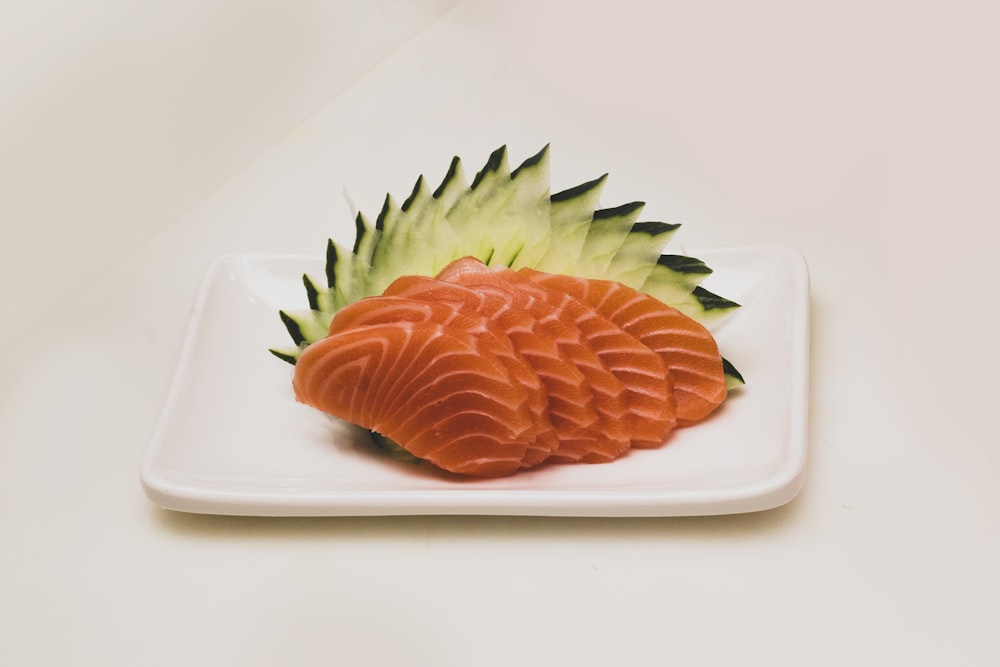
Joints are an important part of the body where two or more bones meet, making movement, mobility and flexibility possible. Keeping your joints healthy helps ensure you’re able to be an able-bodied person with full range-of-motion, mobility, and ability to move and engage in your favorite physical activities.
Improving joint health is a fantastic goal, as is maintaining good joint health. In other words, if your joint health is good, don’t take it for granted, but rather take steps to maintain it.
Some joints are more rigid, such as the joints in your skull, while other joints in the body are more movable joints. The most important movable joints in the human body are the joints in your fingers, knees, elbows, wrists, and hips.
Most of your joints have cartilage at the end of the bones, which are connective tissues that act as both cushion and lubricant. Maintaining healthy cartilage in your joints is important for ease of mobility. Cartilage decreases friction by allowing the bones to glide over one another and this facilitates easy movement of your body. This also prevents your bones from rubbing together, thus reducing wear and tear.
Healthy joints are key for your physical wellness and your ability to move. Healthy joints enable you to walk, bend over to pick something up, run if you need to, jump, lift heavy grocery bags, exercise, do sports, and engage in many other activities.
The best way to care for your joints is to remember to exercise with joint health in mind, eat foods that foster healthy joints, and strengthen your bones, muscles, and ligaments. When these body parts are strong and healthy, your joints face less pressure and are also more strong, stable, and resilient.
Did you know there are certain foods that foster healthier joints? Check out the below foods for improving joint health.
Good Nutrition Fosters Healthy Joints
Fueling your body with the right nutrition nourishes your joints because what you eat helps build strong bones and muscles. Including the following foods in your diet helps you take care of your joints:
1. Calcium
Calcium is essential for building strong bones, which in turn supports healthy joints. You can get calcium from milk and dairy products such as yogurt and cheese. You can also get it from fortified cereal, kale, and figs.

2. Foods with Vitamin D
Notably, calcium can only be effectively absorbed from food and drinks with sufficient vitamin D. According to Harvard Nutrition, apart from absorbing vitamin D through the morning sun, you could get it from eating fatty fish, fish liver oils, beef liver, certain mushrooms, egg yolks, and fortified foods. If you’re concerned about getting the right amount, talk to your physician about taking calcium supplements enriched with vitamin D.
Sometimes, certain cartons of milk and bottles of orange juice at the store are fortified with vitamin D for this reason.
3. Protein
You must also get enough protein in your diet to build stronger muscles that support joint health. How much protein you need typically depends on your age, gender, and activity level. Good sources of protein are lean meats like chicken breast, seafood, legumes, beans, soy products, and nuts. Since you have so many options, you can make a diverse yet delicious menu that suits your palate.
When it comes to improving joint health, you’re helping a lot by also strengthening your body’s muscles.
4. Vitamin C
An easy way to give your joints a healthy boost is by drinking fortified orange juice that’s full of vitamin C and has been enriched with vitamin D and calcium. More importantly, research suggests that vitamin C is a potent antioxidant and essential component for improving joint health. It is also a safe adjunctive therapy for those who are dealing with pain in the joints.
5. Glucosamine and Chondroitin
When it comes to joint health, two supplements shine. These are glucosamine and chondroitin, which are structural components of cartilage that the body naturally produces. However, production could decline with aging and due to other factors, so supplementation may be necessary. Certain studies say these supplements could slow down cartilage deterioration and reduce pain. It would be best to discuss this with your physician to find out about the proper dosage.

6. Nuts and Seeds
Nuts and seeds are packed with healthy Omega-3 fatty acids known to fight inflammation in the joints. Make a trail mix with walnuts, almonds, flax seeds, and chia seeds. You can also make chia seed pudding which is made with milk, so you also get your joints some calcium.
7. Cruciferous Vegetables
Cruciferous vegetables should be in everyone’s diet because of their many health benefits. Cruciferous vegetables include kale, arugula, brussels sprouts, cauliflower, broccoli, cabbage, and more. Cruciferous vegetables have the ability to block enzymes that would otherwise result in swelling of the joints. They’re also packed with vitamins and minerals.
Try to add a side dish of cruciferous vegetables to your protein entree for dinner, and your body will thank you.
8. Cherries
Cherries are full of healthy antioxidants, and they’re also known for their ability to fight and reduce inflammation. Since healthy joints could be compromised due to inflammation in the body, eating anti-inflammatory foods such as cherries is a great idea. For more anti-inflammatory foods, check out this list of anti-inflammatory foods.
Find out the optimal diet type for you, based on your DNA, by reading your genetic diet and nutrition reports from CircleDNA.






